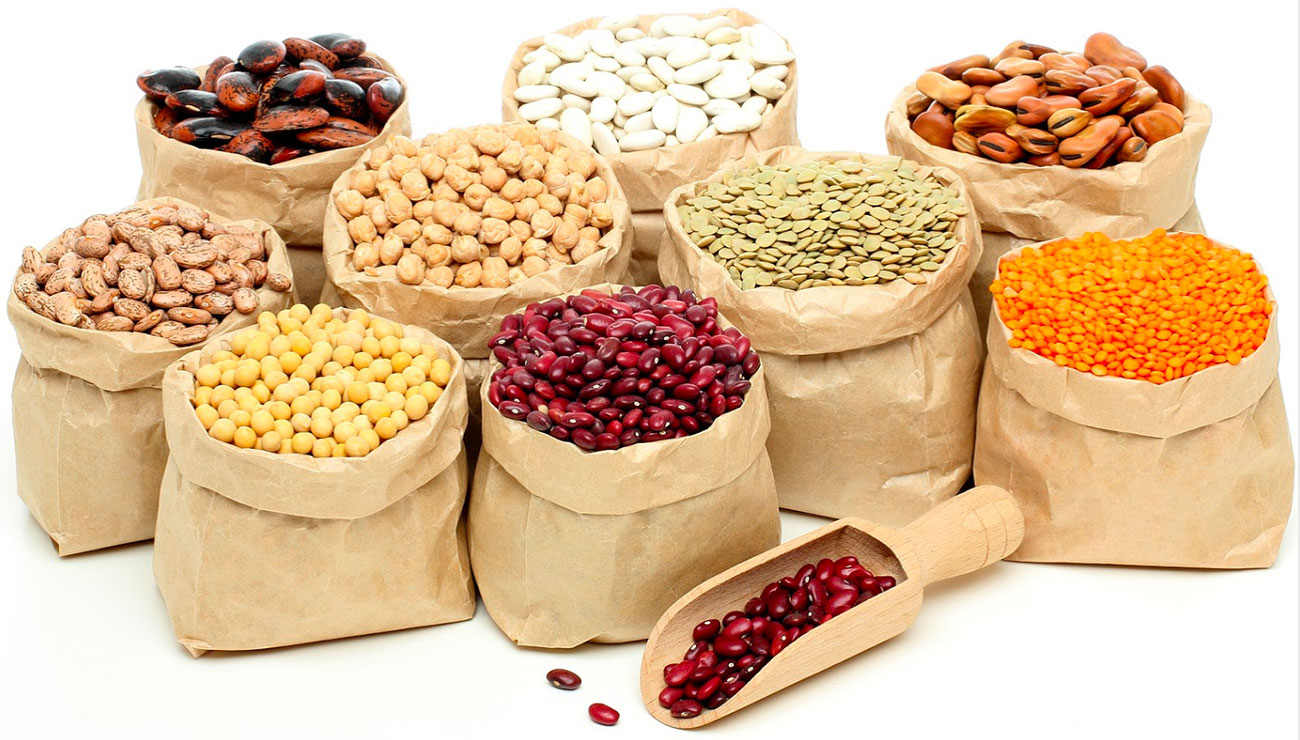
How to Become a Vegetarian
Have you been thinking about a plant-based diet? Maybe you have embraced “meatless Mondays” or your interest in a vegetarian diet is fueled by concerns for animal welfare or the environment, or as a way to improve your health. Whatever your reason for choosing a vegetarian diet, I have tips and resources you can use.
Types of Vegetarian Diets
First, let’s review the different types of plant-based diets. There is no one-size-fits-all vegetarian diet. What is common with all types of vegetarian diets is that plant-based foods are the focus of the diet and the primary way calories and nutrients are consumed. People who eat dairy foods like milk, cheese, and yogurt, eggs, and plant-based foods, but do not eat any meat or seafood are called lacto-ovo-vegetarians. People who don’t eat eggs, but include dairy foods are lacto-vegetarians, while ovo-vegetarians don’t eat dairy foods but do eat eggs in addition to plant foods. A person who avoids all animal foods and only eats plant foods is vegan. There are other types of vegetarian diets that prioritize plant foods, but may include other types of protein, like seafood (shellfish or fin fish) or poultry (chicken or turkey) in addition to plant foods, and possibly dairy foods and eggs.
Planning Vegetarian Meals
Complementary proteins are foods that are combined to ensure that all essential amino acids are provided in one meal. Amino acids are the building blocks of protein. Our bodies can make some amino acids, but not others. The amino acids we can not make are called essential amino acids. Examples of complementary proteins include legumes and grains or legumes and nuts.
The American Academy of Nutrition and Dietetics no longer recommends planning meals that include complimentary proteins at each meal and recommended following the Healthy Vegetarian Dietary Pattern from the Dietary Guidelines for Americans, 2020-2025 and focus on eating a variety of plant-based foods throughout the day to ensure you consume the optimal amount of essential amino acids to meet your needs. While vegetarian diets that include a variety of plant foods will meet your nutrient needs, there is the risk that plant-based diets may be low in protein, iron, calcium, zinc, and omega-3 fatty acids if a variety of plant foods are not eaten each day.
Because past recommendations for vegetarians focused on including complementary proteins at each meal, meal planning was complicated. Meal planning is much easier now with updated recommendations. If you follow a vegetarian diet, you should focus on eating a variety of plant-based foods each day as the key to meeting your essential amino acid needs. Plant foods like whole grains, dried beans, peas and lentils, nuts, seeds, and soy products are good sources of essential and nonessential amino acids which are key to meeting protein needs for vegetarians.
Dark green, leafy vegetables are a good source of iron as well as dried fruits. Iron is an important mineral and plays many roles in the body. A majority of the body’s iron is in the form of hemoglobin in red blood cells. Hemoglobin carries oxygen through the body. When a person’s diet is low in iron, they may use their iron stores and run the risk of becoming iron deficient. A tip for vegetarians to improve their iron absorption from plant foods is to combine those high iron foods with a food that has vitamin C. Vitamin C helps the body absorb the iron from plants better. Try pairing your plant-based protein source with vegetables such as dark green leafy vegetables, red and orange peppers, broccoli, Brussels sprouts or potatoes, or fruits such oranges, strawberries, or cantaloupe.
Favorite Vegetarian Recipes
UMaine Extension has many vegetarian recipes to support your journey to a vegetarian lifestyle. My favorite vegetarian recipe is the Black Bean and Squash Chili. My family prefers using kidney beans in this recipe—so don’t be afraid to make changes to recipes to meet your household’s likes. I asked our team of bloggers what their favorite vegetarian recipes were. Kate McCarty’s favorite vegetarian recipe is Spinach Pie, Alex Gayton’s favorite is Taco Pie, Alex Bosse’s favorite is the Stir Fry with Tofu and Kathy Savoie’s favorite is the Cheesy Lentil and Rice Casserole. Try one or all of them!
I hope these tips will help you with your journey towards a plant-based diet—whichever path you choose. It’s OK to ease into transitioning to a vegetarian diet. Give yourself some flexibility in the process and remember it’s alright to be creative with your vegetarian meal planning journey.
Resources:
- Bulletin #4054, Teen Vegetarians: Facts for Parents
- Bulletin #4055, Teen Vegetarians Series: Facts for Teens
- Dietary Guidelines for Americans, 2020-2025. Healthy Vegetarian Dietary Pattern, Appendix 3, Table A3-4, page 148.
by Kate Yerxa, Extension Professor & EFNEP Coordinator
